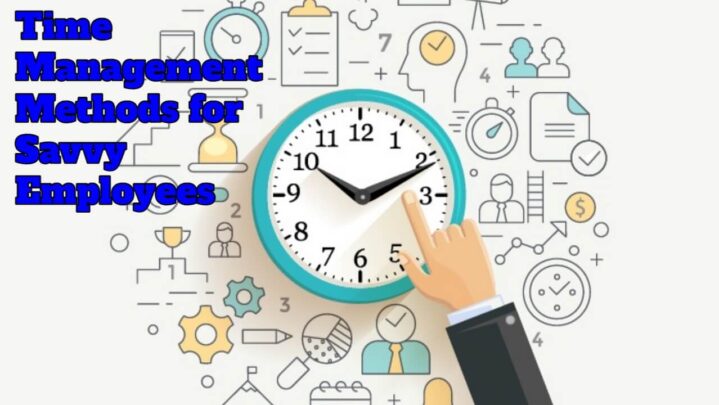Time management improves productivity, reduces stress, and improves work-life balance. In this post, we’ll look at several time management techniques that can help intelligent employees reach their objectives.
Tasks should be prioritized.
Employees should provide priority and urgency to their responsibilities. They can divide their duties into four quadrants using the Eisenhower Matrix: urgent and important, important but not urgent, urgent but not important, and neither urgent nor important. Employees may reduce procrastination and achieve their goals by focusing on the most critical and urgent activities.
Set objectives and deadlines.
To keep motivated and engaged, employees should set realistic goals and deadlines. They may analyze their progress and adapt their strategy by breaking down goals into smaller, more manageable activities.
Use Time-Blocking: Time-blocking is the process of arranging specified blocks of time for tasks depending on their priority and urgency. This strategy can assist employees in properly managing their time and minimizing distractions. Employees may avoid multitasking and increase their concentration by focusing on a single activity throughout a time block.
Reduce Distractions
Employees must detect and eliminate distractions that might impair productivity. They may save time by turning off notifications on their devices, avoiding needless meetings, and delegating chores.
Take Rest Periods
Employees who take breaks can recharge their batteries and stay motivated. They can take brief pauses in between jobs or plan larger breaks throughout the day. Employees may minimize stress and enhance their general well-being by taking breaks.





